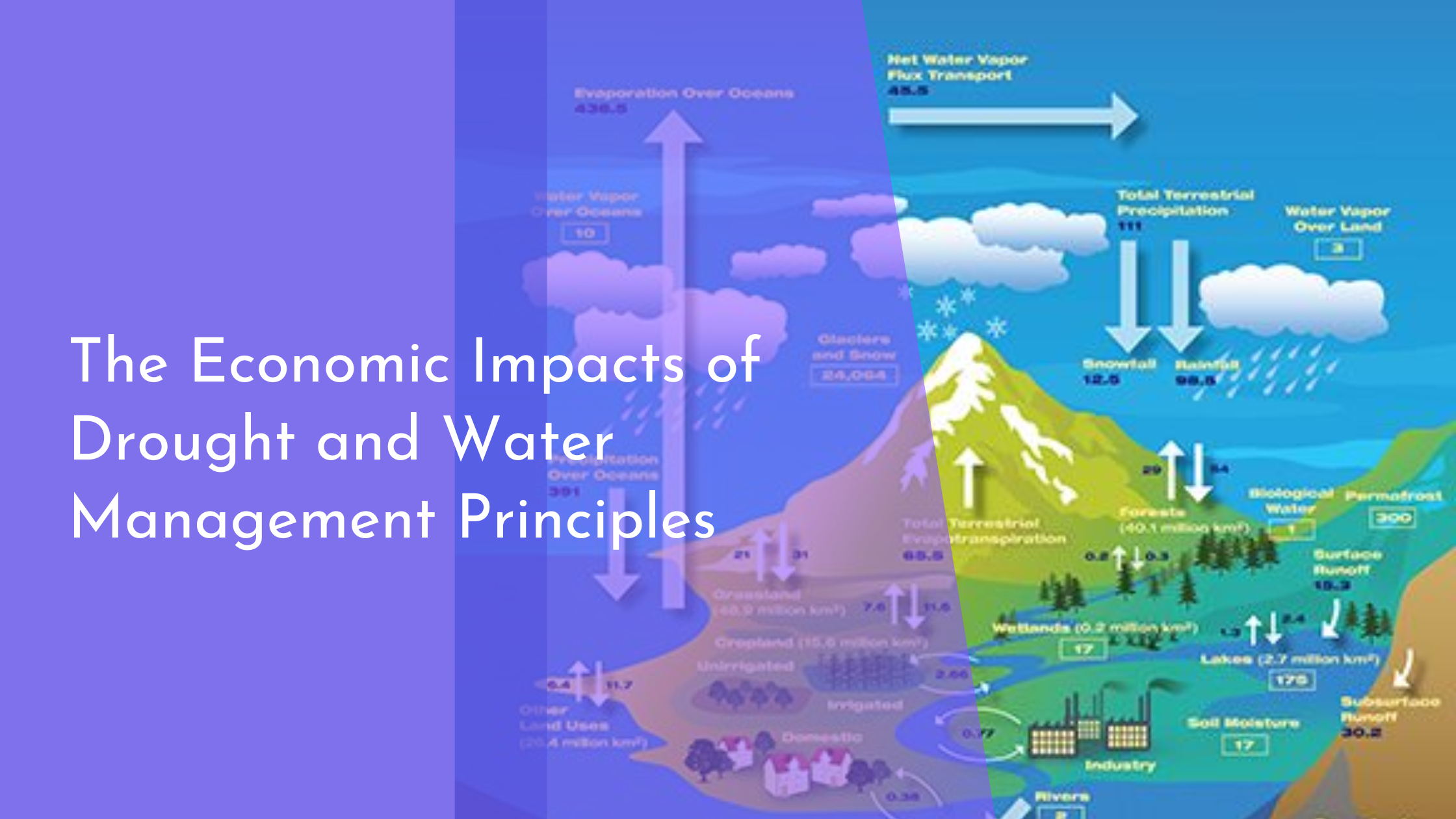The Economic Impacts of Drought and Water Management Principles
As climate change intensifies and populations grow, the pressure on water resources becomes ever more pronounced. Droughts, once considered sporadic natural events, are now increasingly frequent, posing significant economic challenges worldwide. However, with innovative water management practices, societies can mitigate these effects and even thrive amid adversity. This article delves into the economic ramifications of drought, explores which sectors are most affected, and highlights forward-thinking solutions for effective water management.
Understanding Drought’s Economic Footprint
Droughts have far-reaching economic impacts, often disrupting livelihoods and triggering a cascade of financial consequences. The immediate effects are evident in agricultural sectors, where decreased crop yields and livestock losses translate into reduced income for farmers. This downturn can lead to higher food prices, affecting consumers and increasing inflation rates. Moreover, the scarcity of water can lead to heightened competition among users, driving up costs for industrial and municipal water supplies.
Beyond agriculture, droughts strain public resources as governments allocate funds for emergency relief and support, diverting investments from other critical areas. Water shortages can also impede industrial operations, particularly in sectors reliant on substantial water use, such as manufacturing and energy production. The resulting decrease in productivity can diminish economic growth, highlighting the interconnectedness between water availability and economic stability. Thus, it’s crucial to understand how droughts shape economic landscapes to develop resilient strategies and policies.
Key Sectors Affected by Water Shortages
Agriculture is the most visibly impacted sector, as it heavily depends on consistent water supplies for crop irrigation and livestock sustenance. During droughts, reduced water availability can lead to substantial losses in crop yields, threatening food security and farmers’ livelihoods. Small-scale farmers, in particular, are vulnerable, as they often lack the resources to invest in drought-resistant infrastructure or practices. The ripple effects extend to food processing industries, supply chains, and retail markets, amplifying the economic burden.
The energy sector also feels the strain of water shortages, especially power plants that rely on water for cooling. Hydropower, dependent on river flows and reservoir levels, can see reduced output during prolonged droughts, leading to increased reliance on fossil fuels, which in turn affects energy prices and carbon emissions. Furthermore, water-intensive manufacturing industries face operational challenges, potentially leading to production slowdowns or shutdowns, which can impact local economies and employment rates.
Innovative Water Management Solutions
As challenges grow, innovative water management solutions offer hope for mitigating drought’s economic impacts. One promising approach is the adoption of precision agriculture, which uses advanced technologies to optimize water usage. By employing sensors, drones, and data analytics, farmers can apply water more efficiently, minimizing waste and maximizing crop yields. This not only conserves water but also enhances agricultural productivity, boosting economic resilience in drought-prone regions.
Urban centers are also exploring solutions like water recycling and rainwater harvesting, which can significantly reduce reliance on traditional water sources. Desalination, though energy-intensive, provides another potential avenue, especially in coastal areas experiencing acute water shortages. Additionally, smart water grids—akin to smart energy grids—enable better monitoring and management of water distribution, ensuring that resources are allocated efficiently and transparently, reducing losses and promoting sustainability.
Conclusion: Thriving Through Smart Water Use
Embracing innovative water management strategies is key to navigating the economic challenges posed by drought. By investing in technologies that optimize water use and exploring alternative sources, sectors can become more resilient to water scarcity. Governments, industries, and individuals must collaborate to implement these solutions, fostering a culture of sustainability and efficiency. With smart water management, societies can not only withstand droughts but also capitalize on opportunities for economic growth and environmental stewardship. As we move forward, the collective commitment to these principles will determine our ability to thrive in a world where water is an increasingly precious resource.

